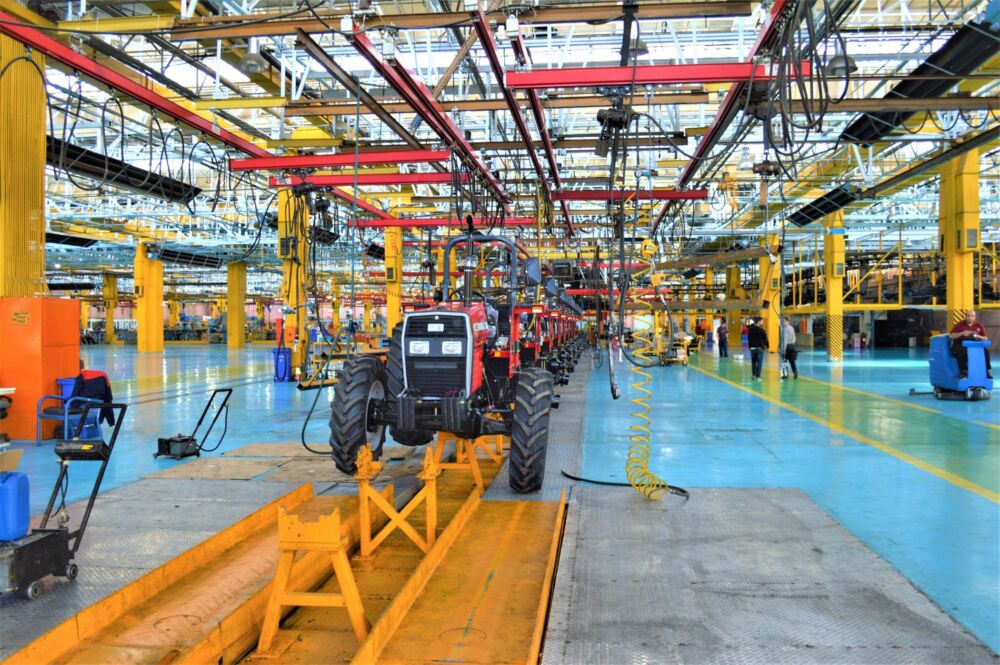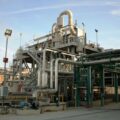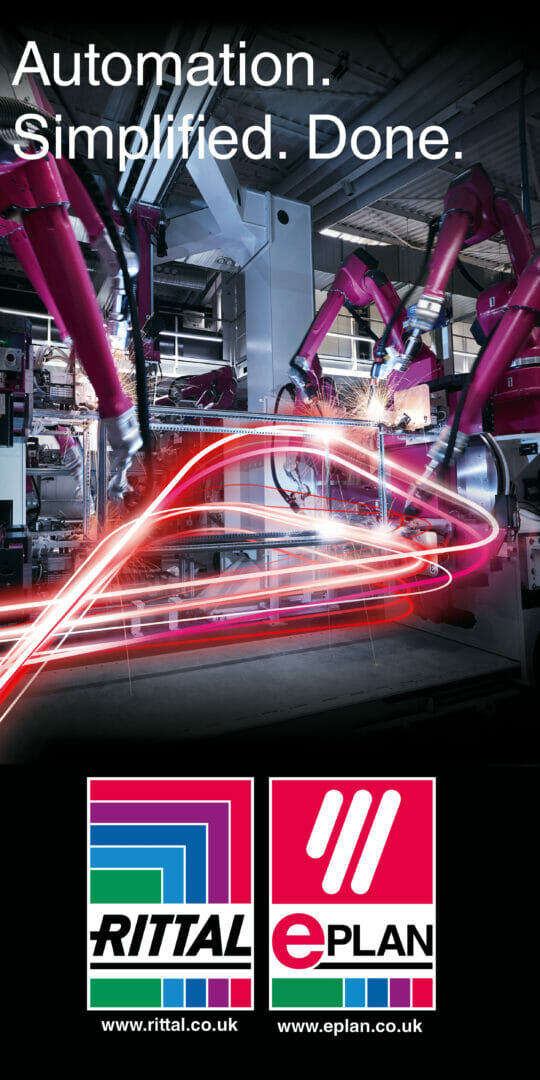Why automation is key to the future of UK battery manufacturing
According to a 2023 House of Commons Committee Report, the UK faces a “gigafactory gap,” and will need 100GWh of capacity by 2030 and 200GWh by 2040. While the focus of debate around gigafactories is often on high-level policy decisions, international investment and government funding, automation technologies are the unsung heroes of the gigafactory, argues Stephen Hayes, manager director at automation specialist Beckhoff UK.
Recent commentary has drawn attention to the lack of gigafactories in the UK, but what is sometimes missing from the conversation is the role of automation in making the gigafactory possible. Is it a coincidence that countries leading in automation, like China and South Korea, dominate the battery manufacturing industry?
Automation and the gigafactory
Battery manufacturing requires high precision, which is where automation excels. Consistency in electrode coatings, cell assembly, and electrolyte filling is vital to ensure battery performance and safety. Automated systems minimise human error, maintaining stringent quality control standards.
Battery cell production is a complex manufacturing process. It involves mixing and coating active materials, precision assembly of electrodes and separators into cells, electrolyte filling and cell sealing and formation cycling. The latter is a time-intensive process where cells are charged and discharged to stabilise chemistry. These steps demand tight process control, which is best achieved through automation, reducing contamination risks and improving throughput.
PC-based control technology is key to precision manufacturing tasks described above. Beckhoff’s centralised control platform integrates various automation functions, enabling synchronised and efficient management of complex manufacturing tasks. This approach is particularly beneficial in battery cell production, where precision and speed are critical.
Gigafactories aim to produce massive quantities of battery cells, often measured in gigawatt-hours (GWh) per year. Automation enables continuous, high-speed production lines. It also lowers labour costs and reduces waste through efficient resource use and advanced monitoring of production parameters.
Automation also delivers benefits by improving worker safety. Certain processes involve hazardous materials or high-voltage systems, for example lithium handling or electrode coating. Replacing manual workers with machines ensures safe handling of dangerous materials, protecting workers from exposure.
Automation is also increasingly in demand for its ability to facilitate flexibility and innovation. Automated systems can adapt to different battery chemistries (e.g., NMC, LFP, solid-state) with relative ease, supporting innovation through customisable production lines. Smart factories use sensors and IoT devices to monitor every stage of production, enabling predictive maintenance and real-time optimisation.
There are also the environmental benefits to consider. As a general rule, automation improves resource efficiency by minimising waste and optimising material use. Automated gigafactories also integrate renewable energy systems and smart energy management to reduce the carbon footprint of production.
The automated road ahead
Automation requires significant upfront costs in robotics, software, and training. Operators and maintenance workers need advanced skills to manage automated systems, highlighting the importance of workforce training. The Committee report was right to recommend investment in training and upskilling, as well as financial support.
The Catapult Scheme could be key in helping UK manufacturing embrace automation. The scheme is a network of innovation centres designed to drive the development and commercialisation of new technologies. We recently showcased XPlanar, an intelligent transport system using magnetic levitation technology, at the National Manufacturing Institute in Scotland, a state-of-the-art facility that has received funding through the Catapult Scheme. Technologies like this will play a role in support the automation needs of UK gigafactories.
These centres bridge the gap between academic research and industry, helping to turn ideas into products and services that contribute to economic growth. The programme is overseen by Innovate UK, the government’s innovation agency. The High-Value Manufacturing Catapult and the UK Battery Industrialisation Centre (UKBIC), part of the scheme, are particularly relevant to the UK’s efforts in developing gigafactories.
Increasing battery manufacturing capacity to meet future demand and remain competitive in a global market will require a concerted effort from multiple stakeholders in the UK government and economy. If the goal is to be achieved, it will require increased automation in UK manufacturing. Wider adoption of automation technologies, while not automatically solving the gigafactory gap, can surely help steer us in the right direction.
Beckhoff UK is a leader in the development of cutting-edge automation solutions, delivering innovative technology, including advanced control systems to smart IoT solutions. For all the latest product news visit beckhoff.com/en-gb/








